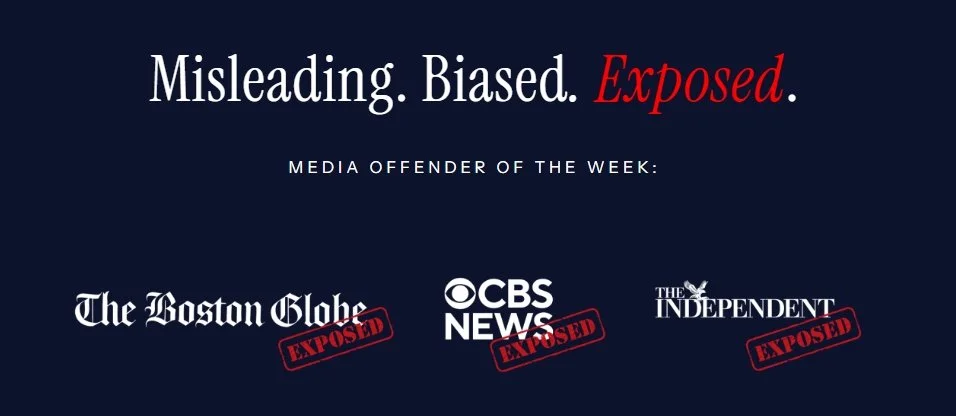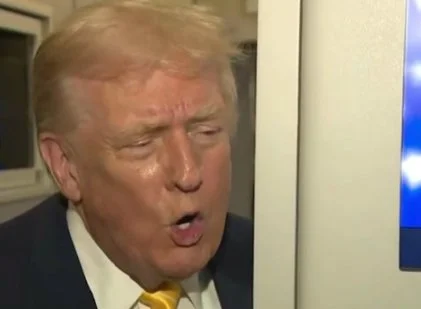Trump’s Ukraine Blame Game and the Firehose of Falsehood
In 2025, U.S. President Donald Trump made headlines once again by falsely claiming that Ukraine had initiated the war with Russia. This statement, contradicted by well-documented facts, underscores a broader strategy of misinformation that has defined much of Trump's political career. His approach aligns closely with what scholars call the "firehose of falsehood" propaganda model—a technique characterized by high-volume, rapid, and repetitive dissemination of misleading or outright false information.
Understanding this method is essential in an era where misinformation spreads faster than ever, influencing public opinion and international relations. This article examines the firehose of falsehood, Trump's use of this strategy, and its broader implications for political discourse and democratic stability.
What Is the Firehose of Falsehood?
The firehose of falsehood is a propaganda model first identified by the RAND Corporation in a 2016 report. It describes a strategy that relies on four key characteristics:
High Volume and Multi-Channel Output – Disinformation is broadcast across numerous platforms simultaneously, including social media, television, and traditional news outlets.
Rapid, Continuous, and Repetitive Messaging – Falsehoods are spread quickly and frequently, leaving little time for fact-checkers to respond effectively.
No Commitment to Consistency or Truth – Misinformation is often contradictory, yet the volume of messages creates confusion, making it harder for the public to discern the truth.
Emotional and Polarizing Content – The messages are designed to provoke strong emotional reactions, increasing their shareability and impact.
Trump's Mastery of the Firehose Model
Donald Trump's political career has been marked by an extraordinary ability to dominate news cycles through misinformation. His 2025 statement blaming Ukraine for Russia’s invasion is a textbook example of the firehose of falsehood in action.
High Volume and Multi-Channel Dissemination: Trump's claim was rapidly amplified across social media, pro-Trump news networks, and alternative media outlets, drowning out rebuttals from mainstream journalists and historians.
Rapid and Repetitive Messaging: Trump and his allies repeated the false claim across various media, reinforcing the narrative before fact-checkers could correct the record.
No Commitment to Consistency: The claim contradicted Trump’s earlier statements acknowledging Russia’s responsibility for the invasion, but such inconsistencies rarely hinder the effectiveness of the firehose approach.
Emotional and Polarizing Content: By shifting blame to Ukraine, Trump tapped into deep-seated divisions within American politics, reinforcing scepticism toward U.S. support for Ukraine and aligning himself with Russian narratives.
The Impact of Misinformation on Democracy
The firehose of falsehood model is particularly dangerous in democratic societies where free speech protections make it difficult to regulate misinformation. The effects include:
Public Confusion and Apathy – When people are overwhelmed with conflicting information, they may disengage from politics altogether, feeling that the truth is unknowable.
Erosion of Trust in Institutions – Repeated exposure to misinformation fosters distrust in media, governments, and experts, weakening democratic accountability.
Polarization and Social Divisions – False narratives often reinforce ideological divides, making compromise and consensus-building more difficult.
Foreign Policy Ramifications – When misinformation influences public perception of international events, it can lead to misguided policies, as seen in the growing scepticism toward U.S. support for Ukraine.
The Dangers of Presidential Misinformation
The role of a U.S. president extends beyond policy decisions; it includes shaping public discourse and influencing international relations. When a leader with global reach propagates false narratives—intentionally or not—the consequences extend far beyond domestic politics.
Donald Trump's 2025 claim that Ukraine initiated the war with Russia is not just factually incorrect but emblematic of a deeper problem: the normalization of misinformation at the highest levels of power. While Trump has a long history of making misleading or outright false statements, his recent remarks carry unique weight in an era where geopolitical tensions remain high. By distorting historical events, Trump risks weakening U.S. credibility abroad, undermining allied support for Ukraine, and lending legitimacy to authoritarian regimes that thrive on disinformation.
Misinformation from a sitting or former president differs from that of an average politician or media figure. The power of the presidency imbues such statements with an air of authority, even when they contradict established facts. This dynamic makes it easier for adversarial governments to exploit U.S. political divisions, using misleading claims as propaganda tools to justify aggression or diminish Western unity.
Beyond international concerns, Trump's remarks contribute to the growing domestic challenge of truth decay—the diminishing role of objective facts in shaping public opinion. Repeated exposure to misinformation, especially from figures of influence, fosters skepticism toward legitimate journalism and expert analysis. When citizens no longer agree on basic facts, democracy suffers. Civic engagement declines, polarization deepens, and policy debates become mired in conspiracy rather than reality.
Criticizing misinformation is not about political partisanship—it is about upholding democratic integrity. In a world where falsehoods can spread instantaneously, political leaders have a responsibility to communicate with accuracy, especially on matters of war and global stability. The alternative is a world where truth becomes malleable, manipulated to serve political expedience rather than the public good.
Combating the Firehose of Falsehood
While disinformation is difficult to eradicate, there are several strategies to counter its effects:
Media Literacy Education: Teaching people how to critically evaluate news sources can help mitigate the impact of misinformation.
Fact-Checking Initiatives: Organizations like PolitiFact, Snopes, and fact-checking arms of major media outlets play a crucial role in debunking false claims.
Platform Accountability: Social media companies must implement stronger policies to limit the spread of falsehoods while balancing free speech considerations.
Encouraging Credible Journalism: Supporting independent, fact-based journalism is essential in countering misinformation and holding powerful figures accountable.
Simply Put
Donald Trump’s use of the firehose of falsehood continues to shape political discourse in 2025, illustrating how misinformation can be weaponized for political gain. His recent attempt to rewrite history regarding the Ukraine-Russia war is a stark reminder of the power of repeated falsehoods in shaping public perception. As misinformation strategies evolve, it is crucial to remain vigilant, prioritize truth, and foster critical thinking to safeguard democracy.
References
Thank you for reading! If you’d like a broader look at how culture, politics, and sustainability intersect with mental health, explore our Global Psychology section. We investigate cross-cultural research, international policies, and global challenges to reveal how diverse societies foster collective resilience. Gain a holistic view of human behaviour and see how psychology drives change worldwide.








